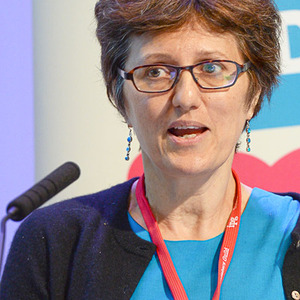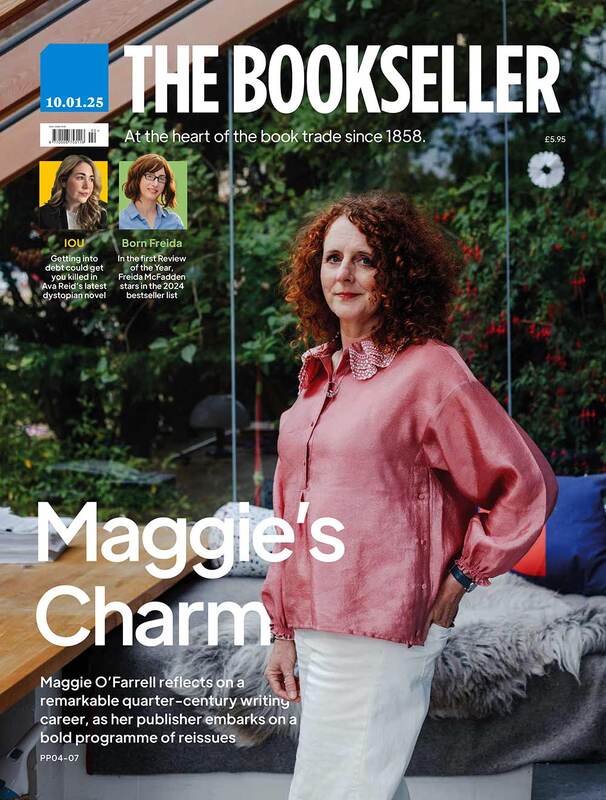You are viewing your 1 free article this month. Login to read more articles.
Myths of discoverability
Discoverability is a popular topic in the industry today with lots of debate over whose responsibility it is but there are few articles offering practical tips on how to address it. After four years at iTunes, working alongside other content types, I’ve come to realize that there are things that we do as an industry, which are actually contributing to the issue. So, in true Buzz Feed fashion, I’d like to introduce the 7 Myths of Discoverability and practical advise to help readers find your titles.
MYTH #1: DISCOVERABILITY IS AN ISSUE FOR ALL MEDIA TYPES
Discoverability is often talked about as if it’s a ‘modern’ malaise that effects all media types.
Really? Nielsen said that there were nearly 170,000 new titles in 2012. Bowker figures in 2012 state that there were nearly 400,000 self-published titles in the US alone. That figure is based on ISBNs and doesn’t include KDP, so it’s probably a massive understatement of the true figure. Given that many Indie authors have global rights, we’re talking over 500,000 new books each year. That’s a staggering number. Just imagine if you were faced with that number of choices at the cinema? Or types of cereal at the supermarket??
And yet we continue to add this number each year, stretching resources and budgets even further. To make matters worse, most of these titles will have no marketing spend behind it. Which other industry would walk in to see a retailer with a new product and have no marketing plan? No marketing budget? Yet it happens every day in Publishing.
The dirty truth is that discoverability is a books issue. The dirtier truth is, if we published less and promoted more, we’d raise the bar.
MYTH #2: READERS ONLY WANT TO KNOW ABOUT NEW BOOKS
We all love the thrill of a new book, whether it’s the undiscovered waters of a new author or the latest from our favourite author. Yet we also know that part of the success of online retailers is the ability to sell the hard-to-find backlist.
Learn from the Indie authors, who are constantly promoting and repromoting their backlist. They do giveaways, price promotions, cover changes, anything to give their title visibility. They appreciate that it may not be a new book to the market but they’re still keen to target new readers. Which brings me neatly on to…
MYTH #3: TRADITIONAL PUBLISHERS DO IT BETTER
In the last few years there has been a huge increase in the number of Indie titles (see Bowker). It’s not just the quantity that’s changed though, the quality of the writing; the covers; the descriptions are all vastly improved.
I’ve been fortunate enough to meet some phenomenal Indie authors in recent years. They are frequently relentless marketing and PR machines that engage directly with their readers 24/7, 365 days a year. When I first launched Toppsta, the first five emails were from authors. “Tell me more?”…”How can we work together?”…”Has my Publisher been in touch”?
So the question is, how can a publisher, with the volume of books published each year and the limited size of the marketing team, compete? I’d suggest it’s only possible if we decrease our frontlist output and allocate Marketing/PR resource to each title.
MYTH #4: IT ALL RESTS ON A FANCY DIGITAL CAMPAIGN
Having said that, If you’re going to recruit one person this year, recruit a metadata person. Metadata…not the reason why most of us got into publishing but why spend money on marketing if the reader can’t find your titles via Search? Who in your company who knows how readers are spelling and misspelling your author names and finding your titles? Pull a list of top searches and null search results from your own website and have a look. Play around with retailer’s websites and see what they’re indexing. Are your titles and covers legible on desktop, tablets and phones?
Then every six months, do a check to see if all your titles are actually available for sale through your key retailers. Check that you’ve cleared rights in all territories. These are boring, time consuming jobs but they can really make a difference.
MYTH #5: THE MYTH OF THE HIDDEN GEM
My all-time personal favourite. As an industry we dedicate ourselves to uncovering new talent but it’s our passion and for many of us it’s our job! But this is precious leisure time for readers, so the sad truth is that often they just want to read what everyone else is reading.
There was a survey last year that said that 90% of customers are influenced by positive online reviews. People trust strangers over advertisements. So do whatever you can to make your titles look popular. Source (genuine) reviews and ratings and set up your titles for pre-order so it can accumulate unit sales before publication and shoot up the chart on pub date.
MYTH #6: RETAILER PLACEMENT EQUALS MARKETING
One of the great things about highstreet booksellers are the giant shop windows showcasing books. Customers can hardly avoid looking at the displays as they enter the shop. The beauty, however, of online booksellers is that you can now link directly to a book and bypass that window, in effect, holding the reader’s hand and walking them to your book. Yet many traditional publishers still focus on gaining retailer placement and forget about deep linking to their titles. Given that the typical shop window is a phone, competition for placement is even fiercer. Placement when you can get it can be very effective but think like an Indie author and don’t rely on it. Engage with the reader and link, link, link . Which leads me on to…
MYTH #7: YOU’RE AT THE MERCY OF THE RETAILER
Not if you publish less. Not if you market more. Not if you set up your pre-orders. Not if you check your metadata. Not if you clear your rights. Not if you link directly to your titles.
Because if you do all that, you might just get into the charts, the greatest sign of popularity there is and the easiest place to find what everyone else is reading.
So much of discoverability is within your control. Let’s stop debating whose responsibility discoverability is and start helping readers find their next great read.
Georgina Atwell was an executive at Apple’s iBooks, before founding Toppsta.com, focusing on discoverability for children’s books. She tweets at @Magnocarta

















